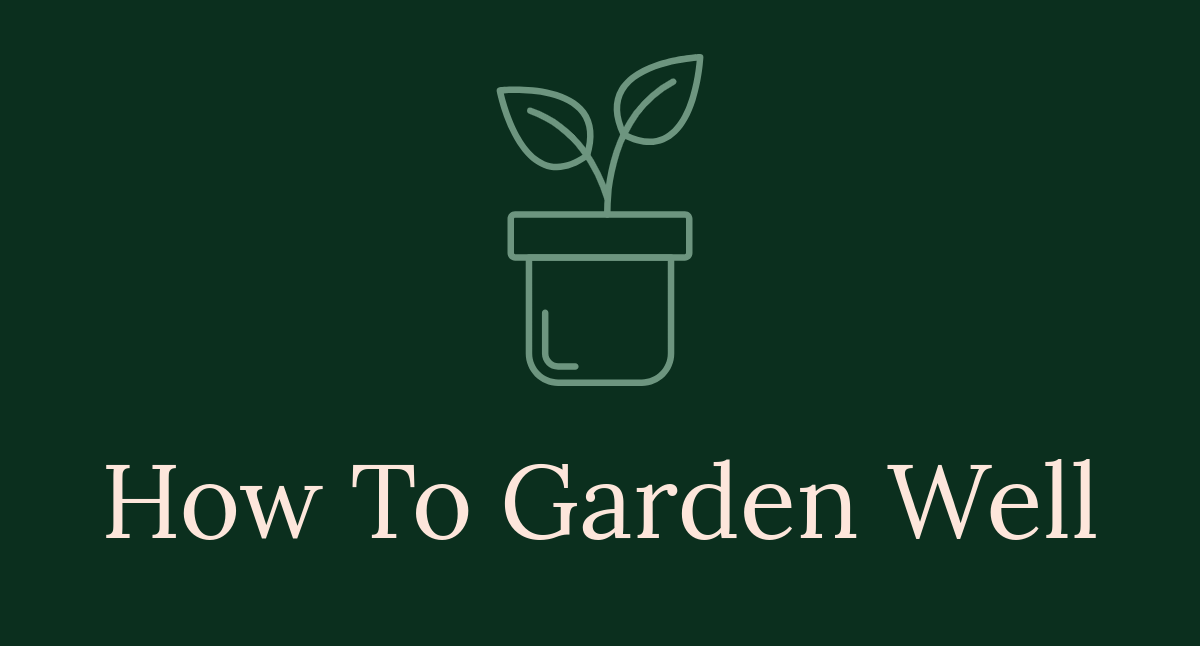

Nerve Plant: The Ultimate Guide to Fittonia Care and Cultivation
Introduction
Nerve plants, or Fittonia spp., are captivating houseplants. Their intricate vein patterns and vibrant colors make them stand out. These plants have captured the hearts of indoor gardening enthusiasts everywhere. Who wouldn’t want a touch of nature’s artistry in their home?
Summary and Overview
Nerve plants belong to the Acanthaceae family, showcasing a range of stunning varieties. Native to the tropical rainforests of South America, particularly Peru, these plants thrive in warm, humid environments. They grow best in USDA hardiness zones 10-11.
Nerve plants are small, typically reaching heights of 3 to 6 inches, making them perfect for tabletops or hanging baskets. Their leaves exhibit striking vein colors, from bright pink to silvery white. Caring for these plants indoors requires attention to light, humidity, and soil conditions.
The benefits of growing nerve plants include improved air quality and a splash of color in your space. Different varieties, like Fittonia albivenis and Fittonia verschaffeltii, each bring unique aesthetics and charm. Let’s look at how to care for these delightful plants in detail.
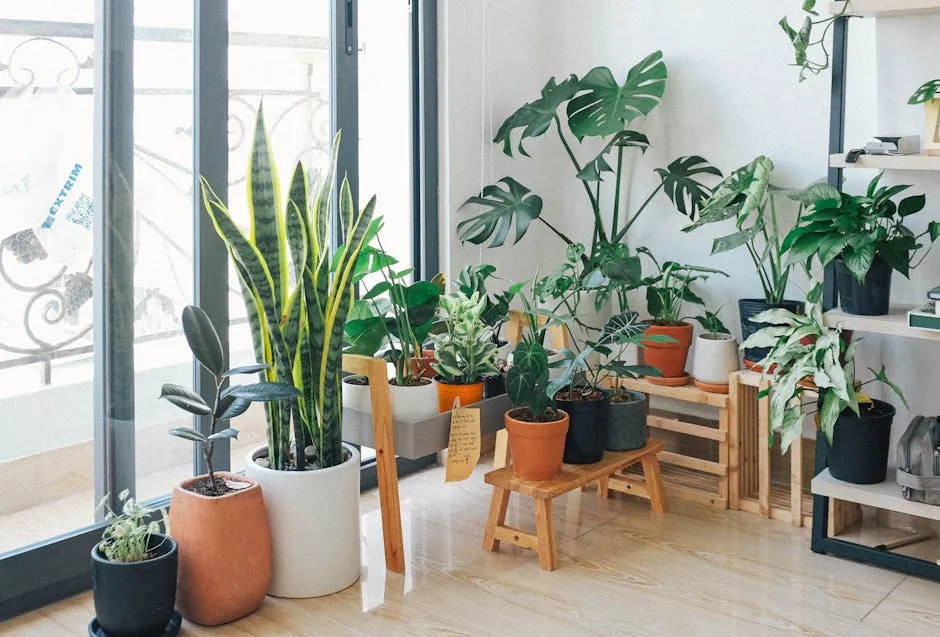
How to Grow and Care for Nerve Plants
Soil Requirements
Nerve plants thrive in well-draining soil that retains moisture. A mix of organic potting soil mix with peat moss and perlite works wonders. This combination allows for optimal drainage while keeping the soil moist. Aim for a slightly acidic pH, ideally around 6.5.
Statistics show that good soil moisture retention is crucial, ideally between 50-60%. When creating your potting mix, consider these factors for the best results. Why not try making your own blend? It’s rewarding and fun!
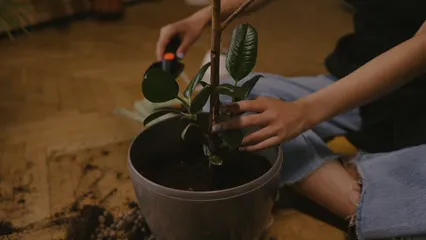
Light Conditions
Nerve plants prefer low to medium light conditions. They can tolerate bright, indirect sunlight but avoid harsh direct rays. Too much sun can scorch their leaves, causing browning and crispiness.
Optimal light levels for nerve plants fall between 100 to 500 foot-candles. If natural light is insufficient, consider using grow lights to supplement. Take a moment to assess your home’s lighting. Is it suitable for a nerve plant? You can learn more about how to successfully grow vegetables in low light conditions to understand light needs better.
Understanding light conditions is crucial for plant health. Learn more about light conditions here.

Watering Guidelines
To keep your nerve plant healthy, proper watering is crucial. Water when the top inch of soil feels dry. This ensures the plant gets just enough moisture without becoming waterlogged. Overwatering can lead to root rot, a common issue for nerve plants. Conversely, underwatering results in wilting leaves and dropping foliage.
In humid conditions, you might need to water every 5-7 days. In drier climates, check the soil more frequently. Remember, signs of overwatering include yellowing leaves and mushy stems. Underwatered plants display crispy edges and drooping leaves.
Creating a watering schedule can help. Mark your calendar or set reminders to maintain consistent moisture levels. Your nerve plant will thank you! Consider using a plant watering can for precise watering.
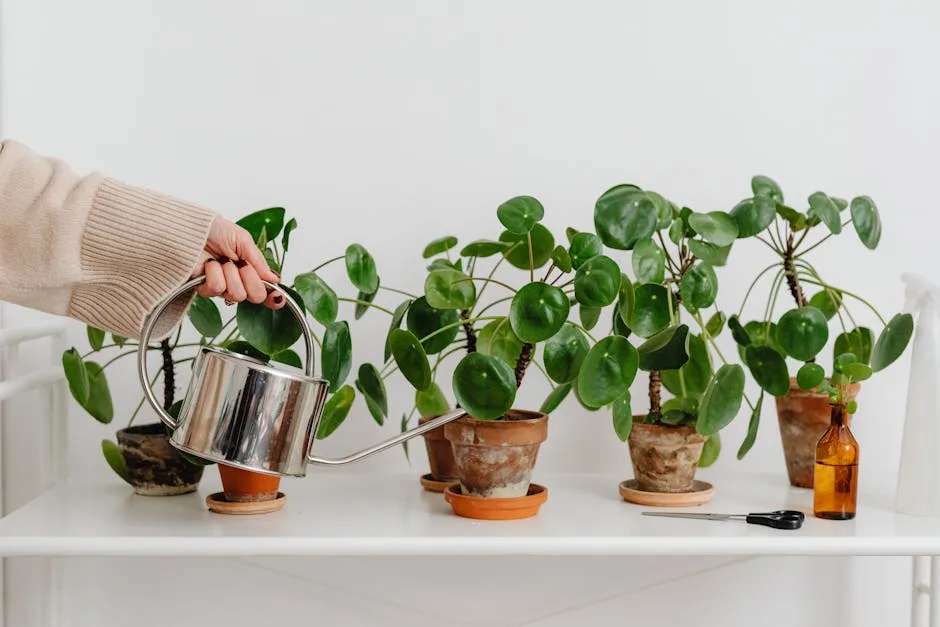
Temperature and Humidity
Nerve plants thrive in warm environments. Aim for temperatures between 60°F and 80°F. They prefer a cozy indoor climate away from drafts.
Humidity is just as important. Ideal humidity levels range from 50% to 80%. In lower humidity, leaves may brown or curl. You can increase humidity by misting the plant or using a humidifier.
Consider using a hygrometer to monitor humidity levels. This handy tool will help you ensure your nerve plant gets the moisture it craves. Check out this hygrometer for indoor humidity to help you monitor this vital factor.

Fertilization Practices
Nerve plants benefit from regular fertilization during the growing season. Use a balanced houseplant fertilizer every month from spring to summer. This helps support vibrant growth and stunning foliage. Check out this balanced N-P-K fertilizer for optimal plant health.
Signs of nutrient deficiency include pale leaves and stunted growth. Pay attention to your plant’s appearance. Choosing a fertilizer with a balanced N-P-K ratio is ideal.
Research suitable fertilizers to find what works best for your nerve plant. Your effort will lead to a lush, thriving addition to your indoor garden.

Pruning Techniques
Pruning is essential for a healthy nerve plant. It encourages bushier growth and helps maintain its shape. Trim back any leggy stems just above the leaf nodes. This stimulates new growth and keeps your plant looking full.
Prune regularly, especially during the growing season. You’ll notice a significant difference in growth rates after pruning. A well-cared-for nerve plant can become a stunning focal point in your home. For your pruning needs, consider investing in gardening scissors.
For more on pruning methods, check out our guide on pruning techniques for fruit trees and shrubs.

Overwintering Nerve Plants
As temperatures drop, it’s essential to protect your nerve plants. These tropical beauties thrive in warm environments. When nighttime temperatures consistently fall below 60°F, it’s time to bring them indoors. Watch for signs like drooping leaves or color fading, indicating they’re too cold.
Once indoors, adjust their care routine. Nerve plants prefer bright, indirect light, so find a suitable spot. Avoid placing them near heating vents, as dry air can harm them. Monitor indoor humidity levels; they thrive best in 50-80% humidity. If your home is dry, consider using a humidifier or misting the leaves regularly.
During winter, nerve plants need less water. Let the top inch of soil dry out before watering again. Keeping them in slightly drier conditions can prevent root rot, a common winter issue.
Statistics show that average indoor winter temperatures hover around 68°F. Maintaining this warmth helps your nerve plant stay healthy during colder months.
To make winter care easier, create a checklist. Include tasks like adjusting watering schedules and checking humidity levels. This proactive approach ensures your nerve plants flourish all year round!

Seed Propagation
Growing nerve plants from seeds can be a rewarding experience. It allows you to witness the entire life cycle of these stunning plants. Here are the steps to ensure successful seed germination.
Steps for Successful Seed Germination
1. Gather Supplies: Start with high-quality seeds and clean containers. Ensure your pots have drainage holes. You can find nerve plant seeds here.
2. Prepare the Soil: Use a well-draining potting mix. A blend of peat moss and perlite works wonderfully.
3. Plant the Seeds: Scatter seeds on the surface of the soil. Lightly cover them with a thin layer of soil. Mist the surface gently to moisten it.
4. Provide Ideal Conditions: Place the pots in a warm area. Aim for a temperature between 70°F and 75°F. Cover the pots with plastic wrap to create a humid environment. Ensure good air circulation to prevent mold.
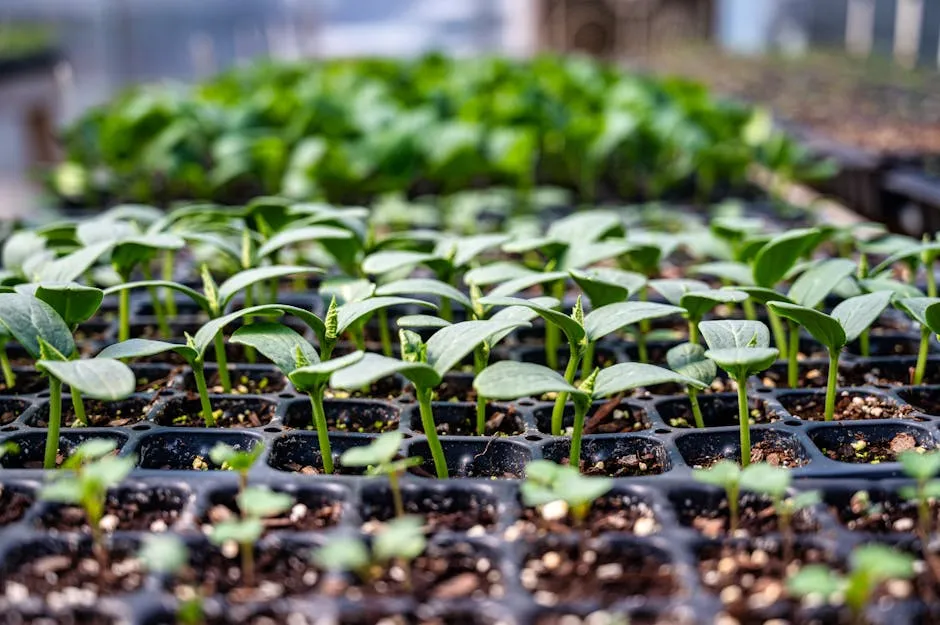
Conditions Needed for Seed Growth
Nerve plant seeds thrive in high humidity and warmth. Keep the soil consistently moist but not soggy. Remove the plastic wrap once you see sprouts, usually within 14 to 30 days.
Statistics show that germination rates for nerve plant seeds can reach up to 80% under optimal conditions.
If you’re eager to start your seed propagation journey, consider purchasing seeds from reputable sources. This ensures you get quality seeds that can lead to thriving nerve plants in your home.
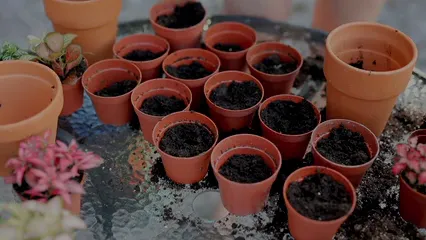
Common Pests, Problems, and Diseases
Nerve plants can face a few challenges that every grower should be aware of. Understanding common pests and diseases is key to keeping your plant healthy. If you’re interested in pest control methods, see our article on common pests in japanese friendship gardens and how to control them.
Being aware of common pests is essential for plant health. Learn about common pests and control methods here.

Common Pests
1. Aphids: These small insects can cluster on new growth. They suck sap, leading to stunted growth. Statistics show that aphids are prevalent in indoor plants, affecting approximately 30% of houseplants.
2. Mealybugs: These pests appear as white, cottony masses on leaves. They also feed on sap and can weaken the plant significantly. For effective treatment, consider using neem oil spray to help eliminate them.

Common Diseases
1. Root Rot: Caused by overwatering, root rot can be detrimental. Make sure your soil drains well to prevent this issue.
2. Leaf Spot: This fungal infection leads to brown spots on leaves. It thrives in overly humid conditions.
Regular monitoring is crucial. Catching these problems early can save your nerve plant. Staying vigilant will help you manage pest control and keep your plant thriving.
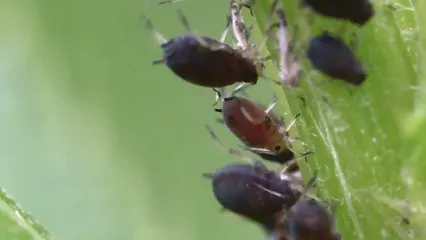
Addressing Common Issues
If you notice your nerve plant showing signs of distress, don’t worry! There are effective solutions.
Recognizing Signs of Distress
Common signs include yellowing leaves, wilting, or brown edges. These can indicate overwatering, underwatering, or pests.
Treatment Methods for Pests and Diseases
For aphids, consider using neem oil or insecticidal soap. A gentle spray can remove them without harming your plant. Mealybugs require similar treatment; dab them with a cotton swab soaked in rubbing alcohol.
If you suspect root rot, remove the plant from its pot. Trim away rotted roots and repot in fresh, well-draining soil. You can enhance your soil mix with peat moss for better moisture retention.
Recovery rates can be impressive when you act quickly. Many plants bounce back within weeks of treatment.
Have you faced any challenges with your nerve plant? Share your experiences and tips in the comments! Together, we can learn and grow as plant enthusiasts.
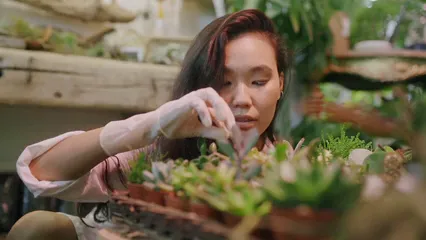
Conclusion
Nerve plants are truly a sight to behold. Their intricate vein patterns and vibrant colors make them unique treasures for any indoor space. Caring for them is straightforward, making them a favorite among new and seasoned gardeners alike. You’ll find nurturing these plants to be a rewarding experience, as they thrive with just a little attention. Don’t hesitate to explore the various exciting varieties available. Each one brings its own charm! Share your gardening journey in the comments. We’d love to hear about your experiences!
FAQs
Please let us know what you think about our content by leaving a comment down below!
Thank you for reading till here 🙂
All images from Pexels
